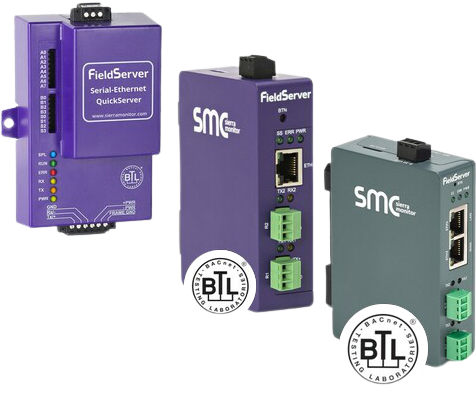Exploring Water Tube Boiler Systems
Water Tube Boilers Introduction
The design of water tube boilers is strictly opposite to that of fire tube boilers design. In water tube boiler systems, the water to be heated is enclosed inside the boiler tubes whereas the hot combustion gases exhausted by the burner keep circulating around the tube surfaces. The water within the tubes then gets heated via the hot flue gases and finally converted into steam. The diameter of the boiler tubes is kept very small in these boiler systems to provide them the capability to withstand higher pressures for the equivalent amount of stress. Water-tube boiler designs are particularly suitable for high steam output requirements. Hence, their use is mainly preferred in industries for various types of process applications over home heating systems.
Operating Principle
Natural water circulation, also referred to as "thermo-siphoning"b is the major working principle for almost all water-tube boilers. "Cooler feedwater is introduced into the steam drum behind a baffle where, because the density of the cold water is greater, it descends in the 'downcomer' towards the lower or 'mud' drum, displacing the warmer water up into the front tubes.' Due to continuous heating, steam bubbles gets created in the front side of boiler tubes. In the boiler drum, these bubbles get automatically separated from the heated water and finally carried out.
As soon as the pressure rises inside the boiler, the deviation between the water density and saturated steam density tends to reduce resulting in less circulation. "To keep the same level of steam output at higher design pressures, the distance between the lower drum and the steam drum must be increased, or some means of forced circulation must be introduced."
Main Features
Key features of water tube boilers are listed below:
- They usually exist in larger sizes as compared to fire tube boiler designs. The size of a typical water tube boiler can go up to quite a few million pounds per hour of steam generated.
- They are proficient in dealing with steam pressures which can be as high as 5,000 psig.
- Their recovery is much quicker than their firetube counterparts.
- Besides, they are designed to attain extremely high temperatures
- Water tube boilers which are smaller in size can be easily prepared and made available in the form of single packaged units similar to packaged firetube boiler units. On the other hand, large sized water tube boiler units are unable to be manufactured in packaged form; hence the large sections are carried to the work site where they are finally assembled.
- A typical water tube boiler system consists of several burners positioned on the walls, each having a choice of either horizontal or vertical firing. Also, temperature control option is available in many sections of the boiler. These features must be specifically considered when the boiler contains an integrated superheater whose temperature is required to be controlled for getting adequate superheated steam.
Applications
"The ability of watertube boilers to generate superheated steam makes these boilers particularly attractive in applications that require dry, high-pressure, high-energy steam, including steam turbine power generation."
Owing to their superb working properties, the use of water tube boilers is highly preferred in following major areas:
- Variety of process applications in industries
- Chemical processing divisions
- Pulp and Paper manufacturing plants
- Refining units
Besides, they are frequently employed in power generation plants where large quantities of steam (ranging up to 500 kg/s) having high pressures i.e. approximately 160 bar and high temperatures reaching up to 550°C are generally required.
Advantages
Major advantages of water tube boiler systems include:
- These boiler systems contain very small quantity of water hence; their response is fairly quick towards variations in load and heat supply.
- The small diameter tubes and steam drum mean that much higher steam pressures can be tolerated, and up to 160 bar may be used in power stations
- Water tube boiler systems are mainly applied in applications requiring high steam pressures (i.e. up to 3,000 psi) owing to their capability to tolerate higher pressures built up inside the boiler tubes.
- Moreover, water tube boiler designs provide highly efficient performance due to which they can be even employed to produce saturated or superheated steam.
Disadvantages
Few limitations associated with the usage of water tube boiler plants are given below:
- Unlike fire tube boilers, these boiler systems can not be manufactured in packaged form. Hence, their installation procedure at the job site tends to be comparatively difficult and time consuming.
- The installation and initial cost of these boiler systems happens to be very high.
- Although one can employ several burners together to attain a flexible system yet the use of more than 30 burners in power generating plants is generally avoided due to increased complexity.
- As opposed to fire tube boiler systems, the water tube boilers are not available in compact physical sizes. Besides, their cleaning process is quite complicated.
- Moreover, replacement of tubes is not possible in water tube boilers since there is no accord between tube designs.
Did you know that we also do Modbus Integration Solutions?
Chipkin has Modbus solutions for almost every situation. We are experts in Modbus RTU/TCP communication and carry a wide variety of Modbus products:
